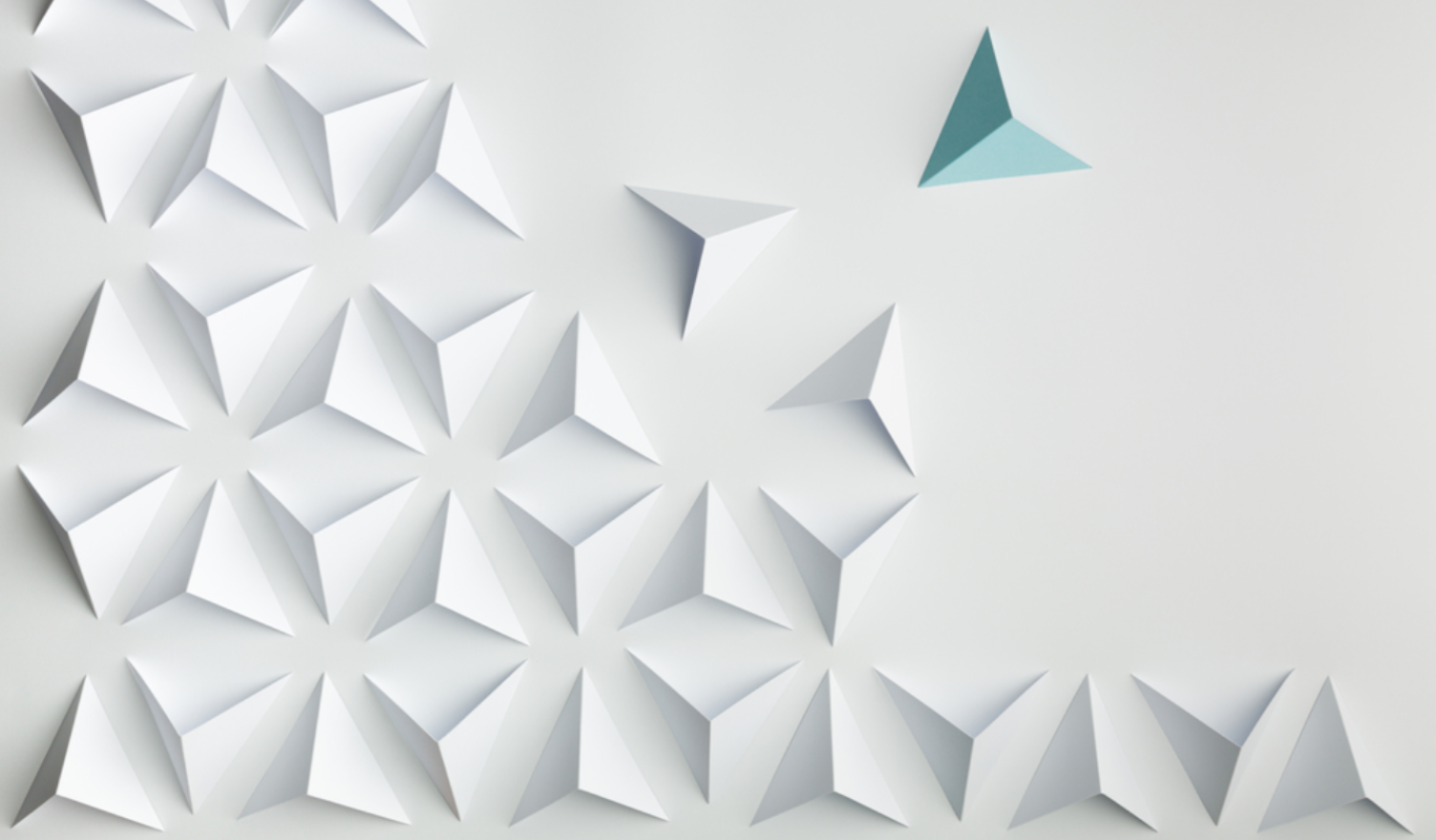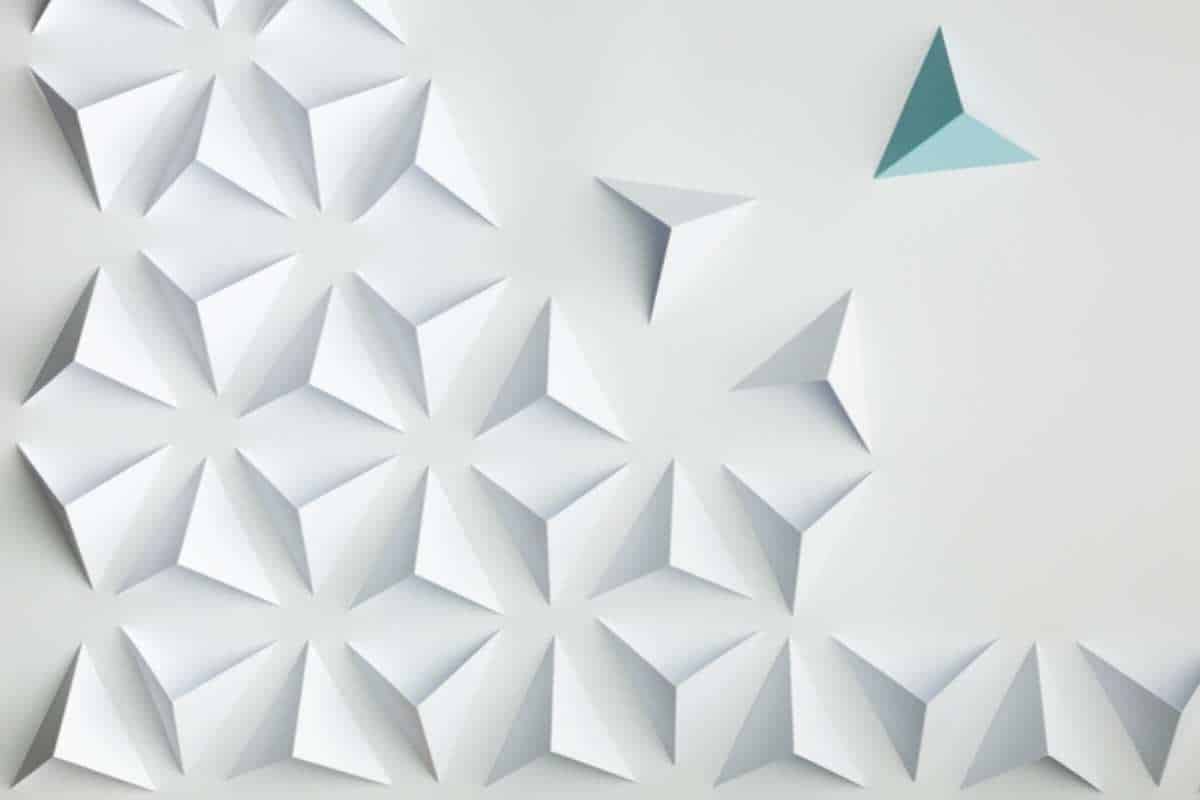Everything digital? Are you kidding me? Are you serious when you say that! We come into contact with paper everywhere. Newspapers, business cards, notes or menus – paper slips through our hands at every turn. But: What distinguishes good paper from bad? What types of paper are there? What are they suitable for?
Questions about questions – that’s why we now have our paper guide. Here you can find out everything about paper qualities, types, paper thicknesses and much more. Let’s go!

The beginning began in the mud
Paper and papyrus – sound similar? That’s true too! The German word “paper” is derived from the Greek term “papyros” – a plant that thrives particularly well on the muddy banks of rivers. The ancient Egyptians cut it into strips and used it to make paper.
Making paper from wood fibers as we know it was first thought of by a Chinese man. In the 1st century AD, Cai Lun combined old scraps of cloth with tree bark and fishing nets. The latter has long since been removed from the list of ingredients in the production of paper. But what makes good paper in the 21st century? And how do you recognize it? Paper quality?
The quality of paper
There are three main parameters that characterize the quality of paper: Whiteness, grammage and opacity. They characterize a range of physical and mechanical properties. The interaction of all these properties characterizes the quality and application of the paper.
Paper quality – whiteness
White stands for cleanliness – not just when it comes to laundry and our teeth, but also when it comes to paper. Bright white paper is generally perceived as being of higher quality than, for example Environmental paper. But white is not the same as white. The different “tones of white” are created by reflection of light. Manufacturers influence the whiteness of paper by adding brighteners. Depending on the dosage, the light is reflected more or less strongly on the paper. The more light the paper reflects, the whiter it appears.
The color cast also plays a role in the perception of white tones. If more red is added to the paper, it appears gray to our eyes. If it contains green or blue components, it appears lighter. Technically this is referred to as “blueing” (adding blue and green tones) or “pressing” (adding red and brown tones). The degree of whiteness remains unchanged. However, the human eye’s perception of “whiteness” changes.
It is actually not possible to assess the whiteness of paper with our eyes. The reflection depends too much on the lighting conditions and our individual vision. The so-called ISO scale can help. They can be used to provide objective and comparable information on the whiteness of papers. The general rule: The higher the value on the ISO scale, the whiter the corresponding paper is. So-called standard light is used for the determination. It has a lower proportion of short-wave UV radiation.
In terms of the whiteness of paper, there are a total of four different paper classes with different ISO standards:
| Paper class | ISO value |
| Recycled Universal Business Premium |
55-140 146-150 160-167 168-171 |
Paper quality – grammage
The Grammar or paper thickness is probably the best-known quality indication for paper. It provides information about the density and strength of the paper and determines its weight. The information is given in grams per square meter (g/m2). It indicates how many grams a paper weighs per square meter. A standard paper for printers and copiers is 80 g/m² to 100 g/m². This results in a weight of approx. 5 grams for a sheet of DIN A4 size. From 100 g/² the paper is perceived as high quality. From a grammage of around 150 g/m² it is referred to as cardboard, and from 225 g/m² it is called cardboard.
The grammage not only has a significant influence on the price Postal delivery. They also influence the possible uses of the paper. An example is this double-sided printing – for example in product catalogs. The standard paper is suitable for so-called duplex prints on the front and back. If the paper is lighter, text and photos on the back will show through and make the catalog unreadable.
In addition, heavy paper has a higher haptic strength, which is quickly perceived as pleasant and high quality. This is particularly relevant for business cards, product brochures, books and much more. There is a recommended grammage for every product. If the wrong grammage is chosen for a graphics or publishing project, the desired effect can be destroyed. Paper catalogs provide a solution, where strength and weight can be tested and specifically selected.
Paper Quality – Opacity
The third and final quality feature is the opacity. It is closely linked to the degree of whiteness and the grammage: opacity describes the opacity of paper. The following rules of thumb apply:
• A paper is considered to be of higher quality if it allows little light to shine through.
• The lower the grammage, i.e. the weight of paper, the more light passes through. The opacity is therefore all the lower.
• The coating and the artificially created whiteness also influence the opacity.
The Scale of opacity ranges from 0 percent (completely transparent) to 100 percent (completely opaque). Opacity is an important quality criterion, especially for double-sided printing. At high opacity values, the print does not shine through. This requires an opacity of at least 80 percent. At this value, colors come into their own better and the print appears more contrasting.
Quality depending on the area of application
The opacity, grammage and whiteness of paper are interdependent. That means: sheets of paper with one high grammage are also less transparent, so they have one higher opacity.
Which paper is best depends on the individual Purpose away. If the content counts more than the presentation, recycled paper is sufficient. It has a lower degree of whiteness, but protects the environment. The light weight also reduces shipping costs. However, for a big appearance, paper with a high degree of whiteness and high grammage is the right choice – whether for brochures, business cards or applications. The sender conveys quality and style.
What different types of paper are there?
Coated paper, textured paper, natural paper, special paper, stationery, printing paper… if you immerse yourself in the world of paper, your head quickly starts spinning. A wealth of terms and specifications make it difficult for laypeople to keep track. Here you can find a clear summary of information about them main types of paper.
Coated paper
A sheet of paper is initially always “uncoated”: the paper surface appears rough and natural. Uncoated paper is therefore also called Natural paper designated. For coated paper, manufacturers apply a binding agent, a so-called coat, which refines the surface: a coating color closes the rough paper surface, making it appear smoother, more stable and whiter. This makes the paper ideal for printing photos. It now has high detail and color reproduction.
Coated paper is used, for example, for the production of magazines, posters, business cards, brochures, etc. for use – wherever perfect color reproduction is important.
Structure paper
Structured papers are natural papers, i.e. uncoated types of paper, with highly visible fibers. Typically, structures are either pressed, embossed, printed or hammered into the still-damp paper.
Special paper
The collective term “special paper” includes almost 3,000 different types of paper. They have to perform very decorative or technically demanding tasks. Examples include paper for Banknotes, furniture, filters or tea bags. The paper undergoes very specific finishing methods. For example, it receives specific coatings or laminations for its area of application.
Recycled paper
As Recycled paper is the name given to something that is made from 60 to 100 percent recycled paper scraps. The waste paper is dissolved with water and the printer ink is removed using chemicals. The chemicals used are significantly less harmful than those used to produce virgin fiber paper.
The result is a fiber pulp that is then bleached. Depending on the bleaching process, different shades of gray and white are obtained. The advantage: No additional wood is needed to produce recycled paper; the fibers can be reused up to six times. This relieves pressure on forests and saves energy and water during production.
The end determines the means
Depending on the intended use, one is suitable other type of paper preferably. In summary, the following criteria can be defined:
- The more important the message, the heavier and whiter the paper should be.
- If you want the paper to be particularly age-resistant (certificates, etc.), choose one with a higher grammage.
- To print text or images on paper, it is best to use coated paper. It has particularly good contrast representation.
- For the inkjet printer, coated paper with a grammage of 120 to 140 g/m² is optimal. It should be slightly absorbent. This means that hardly any ink penetrates the paper and the contrasts remain clear.
- With a laser printer, a grammage of 60 to 110 g/m² is sufficient for very good printing results. The paper should have high opacity and be uncoated. This is where the toner can stick best.
- As Copy paper 80 g/m² grammage is sufficient.
- A thickness of at least 300 g/m² is recommended for business cards. Depending on the printing technique, an impregnated or coated paper with high opacity and low porosity should be used.
The few examples show: Depending on the area of application, taste and target group, a different paper offers the optimal solution. Because paper is not just an information carrier for the images and texts it contains. Look, feel, even the style, what paper sounds like when turning the pages convey a wealth of impressions. The desired message can be emphasized or destroyed. Familiarizing yourself with different paper sizes and qualities is a first step toward making smart, informed choices.
In our ratioform online shop you will find different types of paper, as well as Paper upholstery systems – Feel free to take a look at our selection:
Do you have any questions or would you like to find out more about paper quality? We would be happy to help – please contact us at any time:

